14 Wild Animals in Ivory Coast [Wildlife in Ivory Coast]
Want to know more about the wildlife in Ivory Coast?
Discover 14 wild animals in Ivory Coast in this post, as well as interesting facts about them. 🇨🇮
Learn All About Ivorian Animals
Ready to learn all about Ivorian animals?
I’ve always been fascinated by animals, and by how they can be so different from one country to another. In this guide, we’ll focus on the many animals Ivory Coast has on the land, in the sky, and underwater.
I’ve split the guide into 5 categories:
- Native animals from Ivory Coast
- Endangered animals of Ivory Coast
- What is the Ivory Coast national animal?
- How many animals native to Ivory Coast?
- Are there still elephants in Ivory Coast?
Let’s dive in right away with our first category!
Native Animals from Ivory Coast
Ivory Coast, also known as Côte d’Ivoire, is an African country located in the western part of the continent, below the Sahara. Many indigenous languages are still being used in the country, and it used to be a French colony, hence its name and official language. It is bordered by Mali, Guinea, Liberia, Ghana, and Burkina Faso, and although its largest city and economic capital is Abidjan, its capital city is Yamoussoukro, which counts more than 361,000 inhabitants.
An interesting part of the country that I wanted to tackle is its wildlife. In light of that, I have listed the best of it, and I hope you will love learning what animals live in Ivory Coast.
Here’s the Ivory Coast animals list.
1. Pygmy hippopotamus
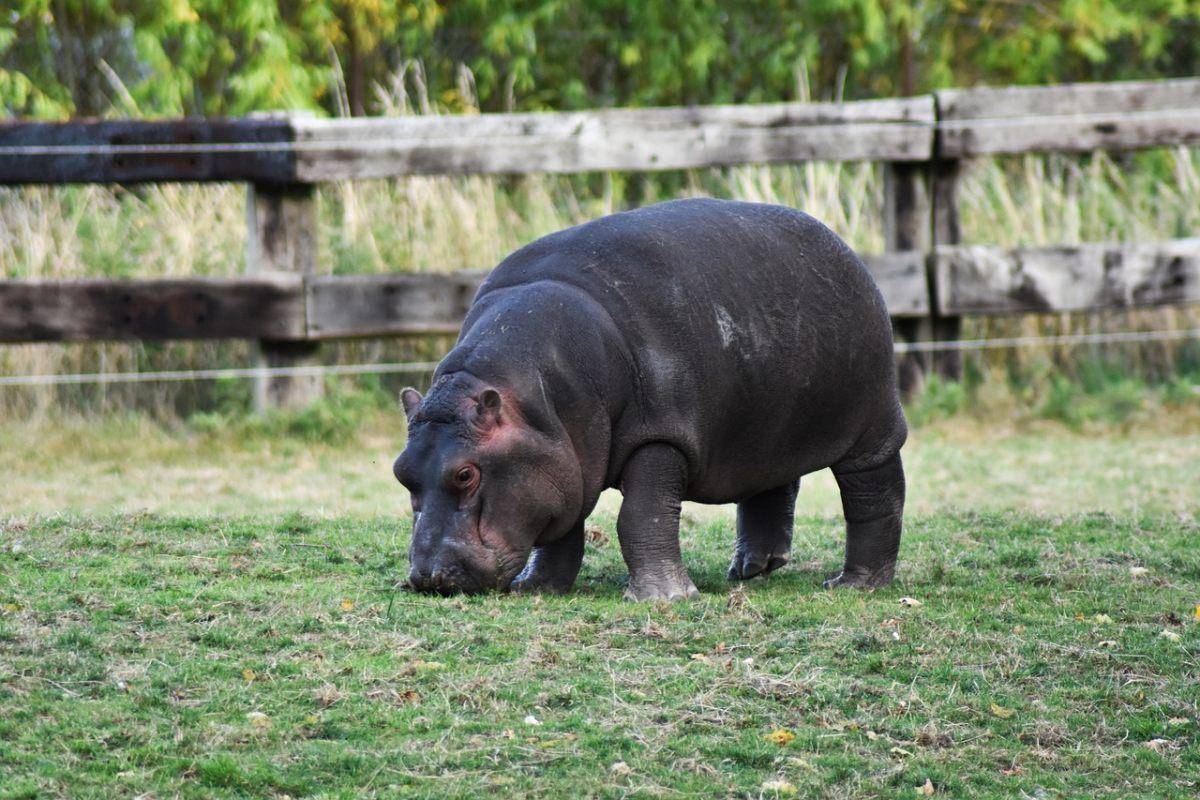
- Name: Pygmy hippopotamus
- Scientific name: Choeropsis liberiensis
- Conservation status:
The pygmy hippopotamus is a small species of hippo native to West Africa, namely Liberia, Ivory Coast, Sierra Leone, and Guinea.
This large mammal is both reclusive and nocturnal, and it is semi-aquatic, relying on water to keep its skin moist and its body temperature cool. Both mating and giving birth can happen either on land or in water, and this animal is herbivorous, feeding on fruits, grasses, plants, and ferns.
2. Senegal bushbaby
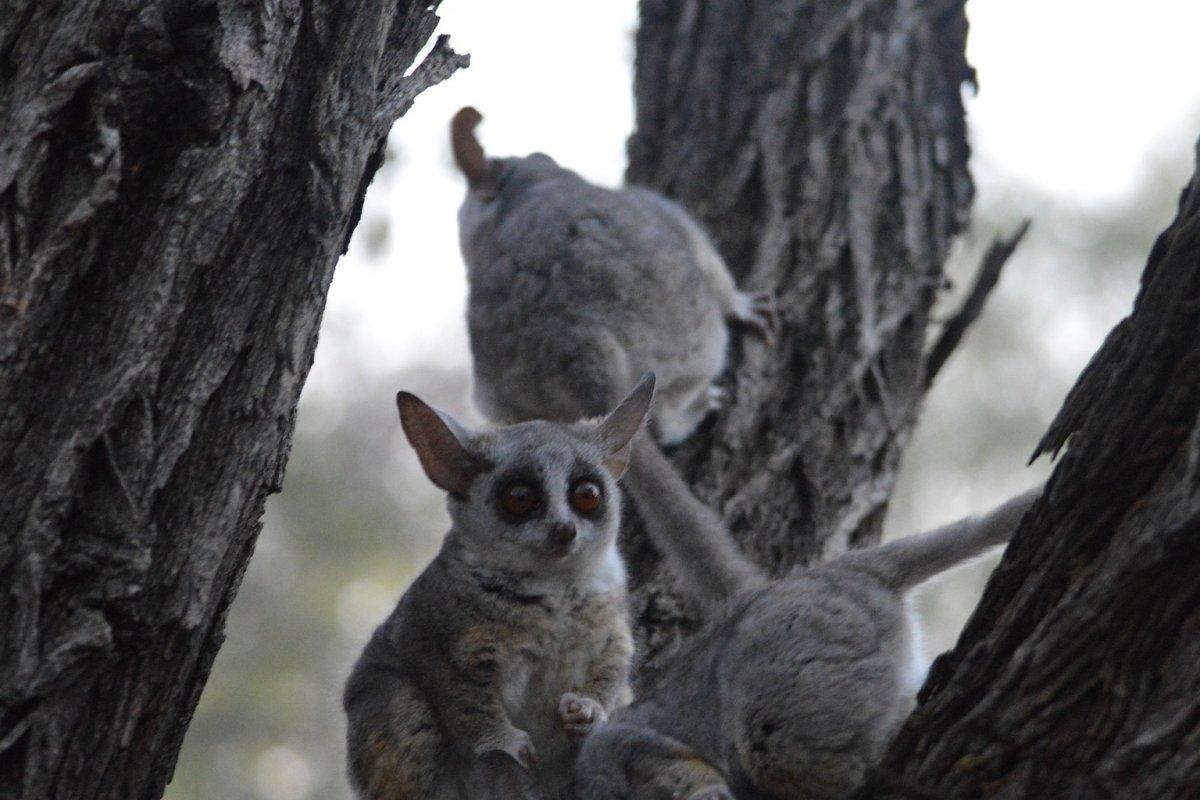
- Name: Senegal bushbaby
- Scientific name: Galago senegalensis
- Conservation status:
The Senegal bushbaby, also known as the lesser bush baby, the lesser galago, or the Senegal galago, is a small species of primate native to sub-Saharan Africa. It can be found from the western coast of the continent to the Horn of Africa, as well as Kenya and Tanzania.
This primate has large eyes that give it good night vision, as well as a long tail that is ideal for balance.
3. Nile crocodile
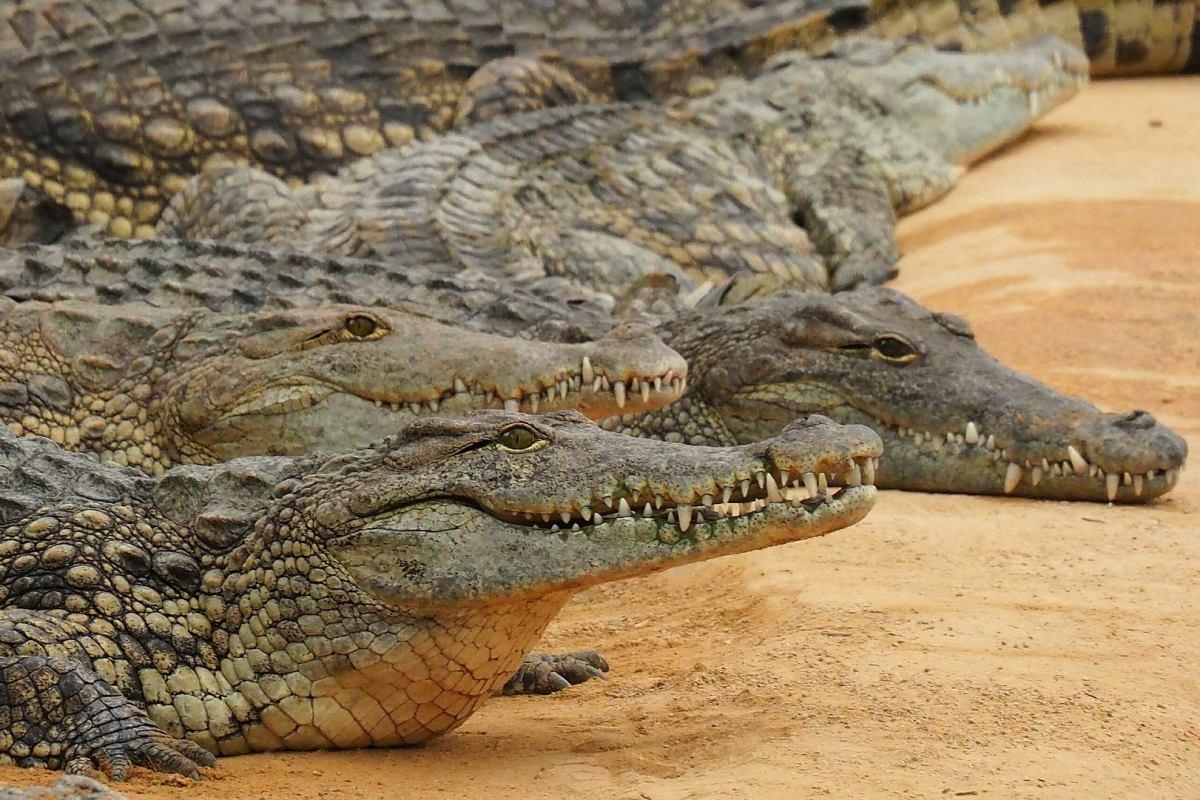
- Name: Nile crocodile
- Scientific name: Crocodylus niloticus
- Conservation status:
The Nile crocodile is a large species of crocodilian native to the freshwater bodies of Africa. It is one of the most famous animals in Egypt but can be found throughout almost all of sub-Saharan Africa, in 26 countries more precisely.
This reptile has strong, heavily armored skin and is a dreadful, opportunistic apex predator. Very aggressive, it can kill almost any animal within its range and will feed on whatever it can.
4. Black crowned crane
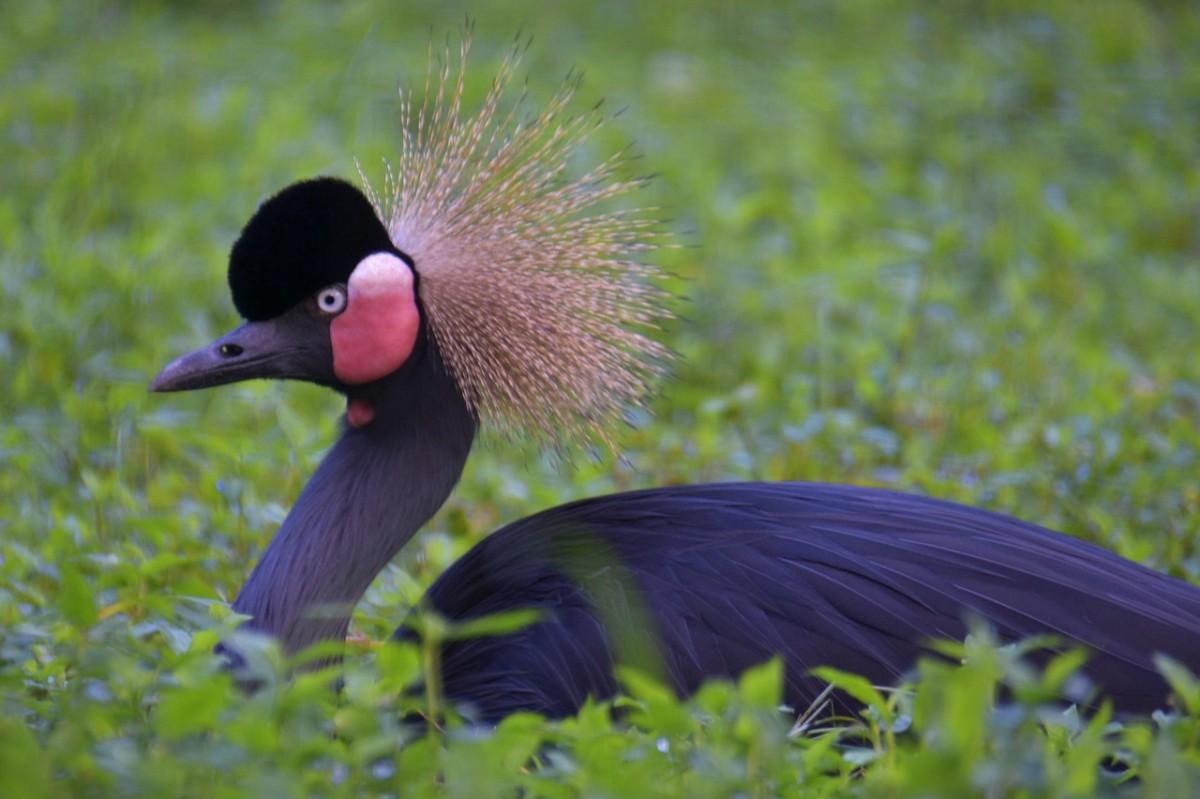
- Name: Black crowned crane
- Scientific name: Balearica pavonina
- Conservation status:
The black crowned crane is a species of crane native to sub-Saharan Africa. It inhabits wetlands and has a characteristic golden crown on top of its head.
This bird species is a generalist feeder that mostly eats insects, mollusks, fish, reptiles, and amphibians. Although there are 27,000 to 47,000 individuals in the wild, this species is considered vulnerable to extinction because of habitat loss, dam construction, and hunting.
5. West African slender-snouted crocodile
- Name: West African slender-snouted crocodile
- Scientific name: Mecistops cataphractus
- Conservation status:
The West African slender-snouted crocodile is a species of African crocodile native to the western parts of the continent. Its scientific name comes from Greek and means something that would roughly translate to “long-aspect armor”.
As its name suggests, this reptile has a very long, slender snout that is ideal to catch fish. Not much is known about this species, but it is definitely on the brink of extinction, mostly due to habitat loss and poaching.
6. Spotted hyena
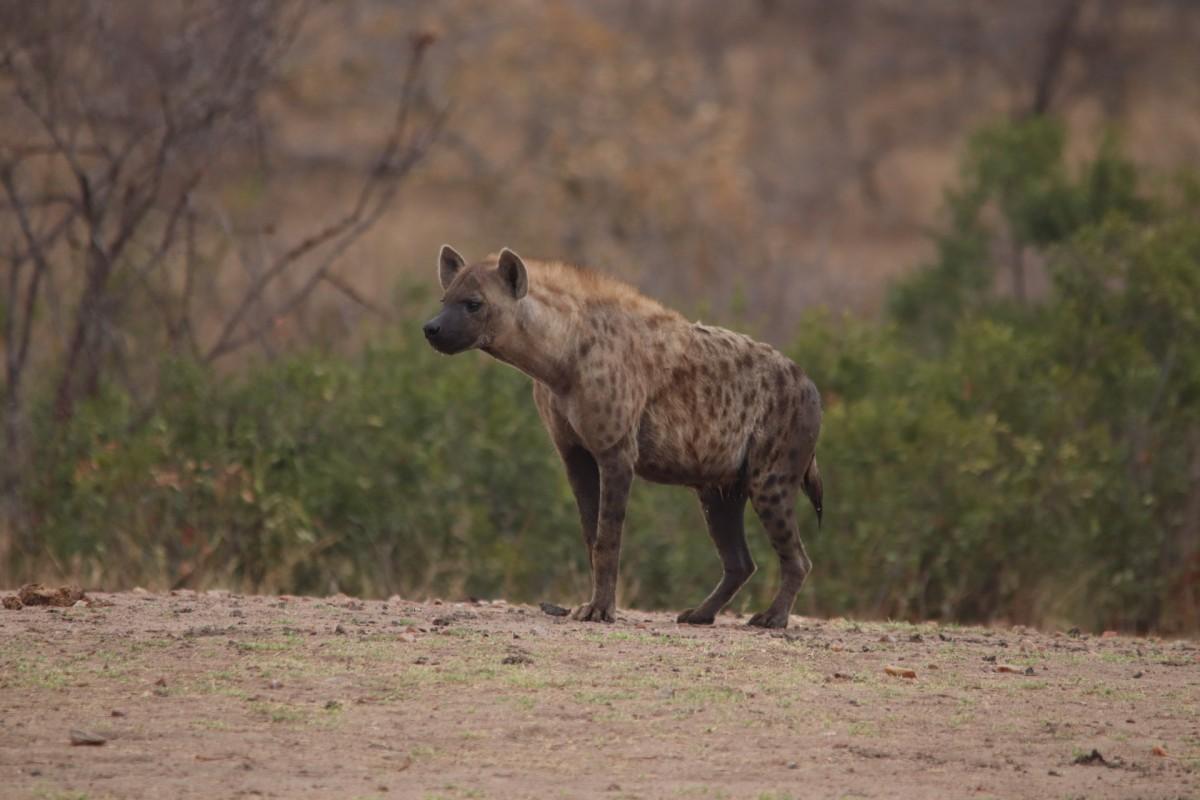
- Name: Spotted hyena
- Scientific name: Crocuta crocuta
- Conservation status:
The spotted hyena, largely known as the laughing hyena, is a large species of mammal native to sub-Saharan Africa. It is an extremely successful species and the most common large carnivore on the continent.
Contrary to popular belief, this mammal is not primarily a scavenger, but rather a hunter that feeds on mammals most of the time. It can eat almost anything, even bones, animal waste, and skin, which is also a reason for its wide success.
7. African manatee
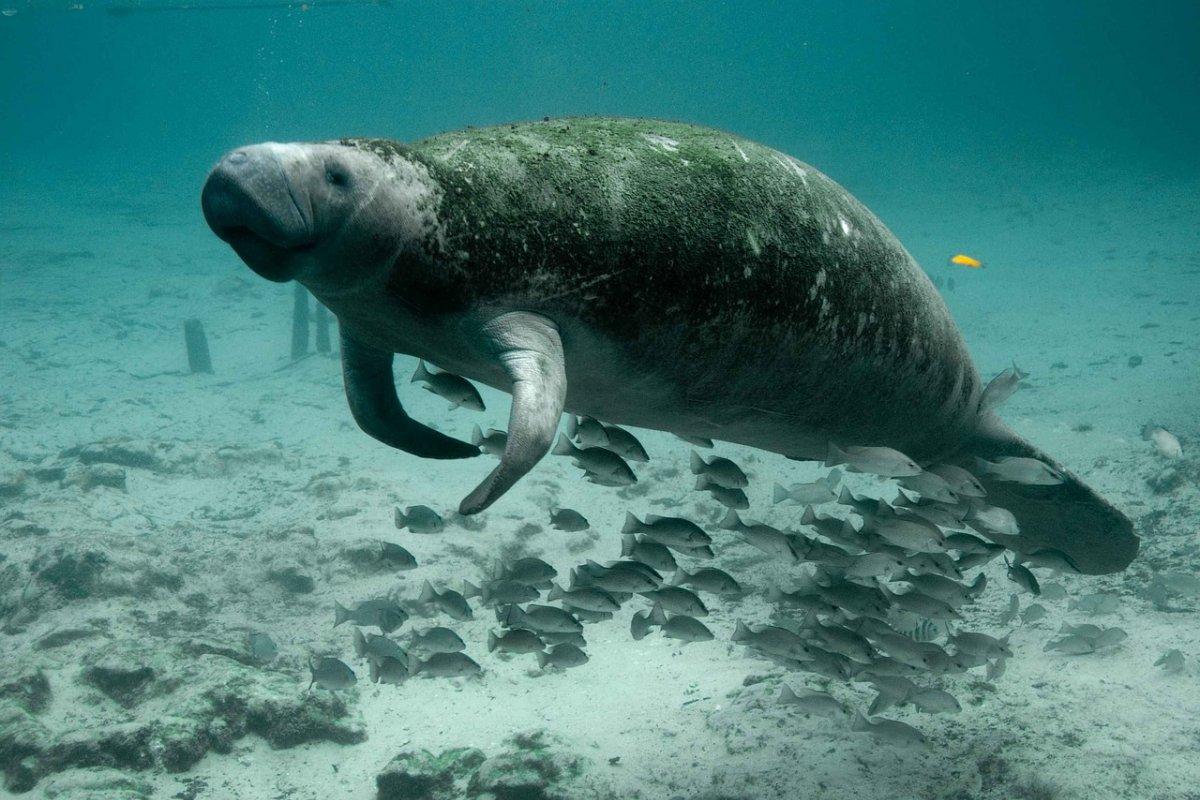
- Name: African manatee
- Scientific name: Trichechus senegalensis
- Conservation status:
The African manatee, also known as the West African manatee, is a large species of marine mammal native to the western coast of Africa, from Angola in the South to Senegal in the West.
It is the only manatee species that can be found in the Old World, and it is a herbivore that occasionally feeds on mollusks, clams and fish stuck in nets. Depending on location, its diet is made of about 50 percent non-plant material.
8. African leopard
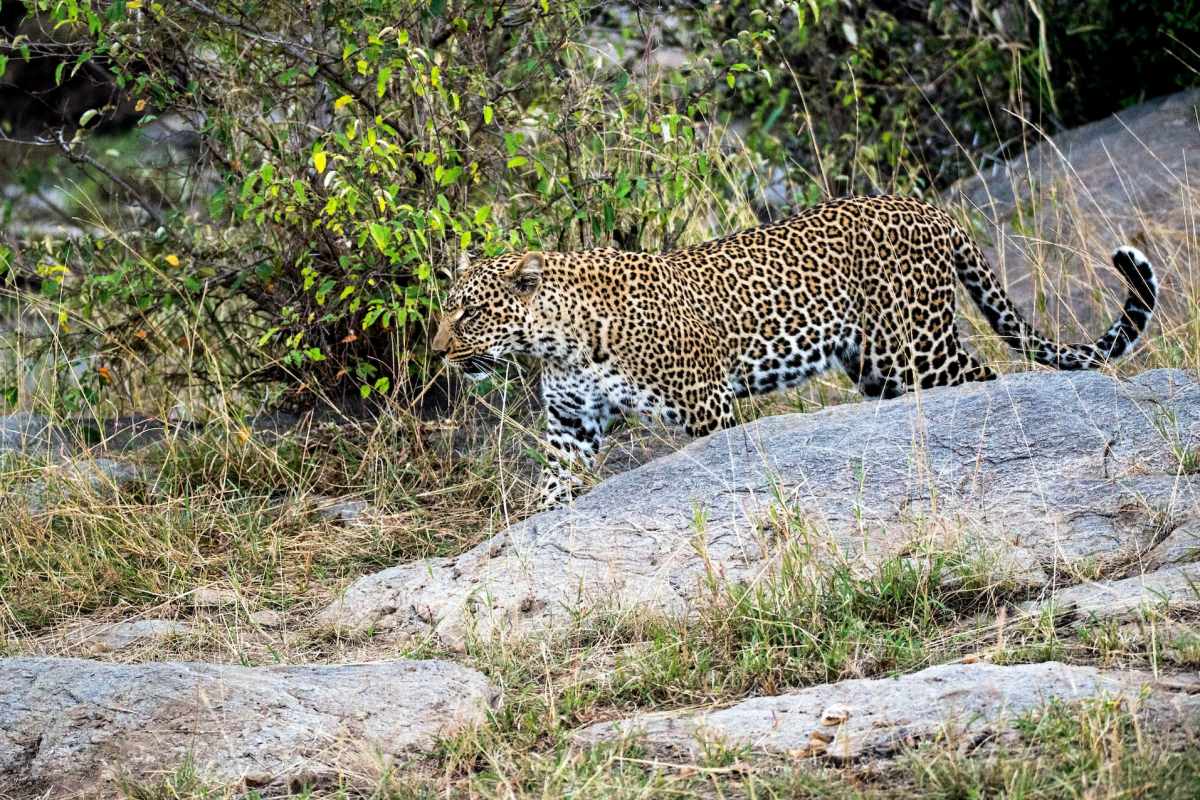
- Name: African leopard
- Scientific name: Panthera pardus pardus
- Conservation status:
The African leopard is a leopard subspecies native to sub-Saharan Africa, where it can be found almost anywhere. Because of habitat conversion, however, its range has drastically dwindled over the decades, and its populations are more scattered than ever.
This wild cat is very versatile, and will adapt its prey base depending on the area: sometimes feeding on livestock, some others on gazelles, but also on beetles, hares, and birds.
9. Lion
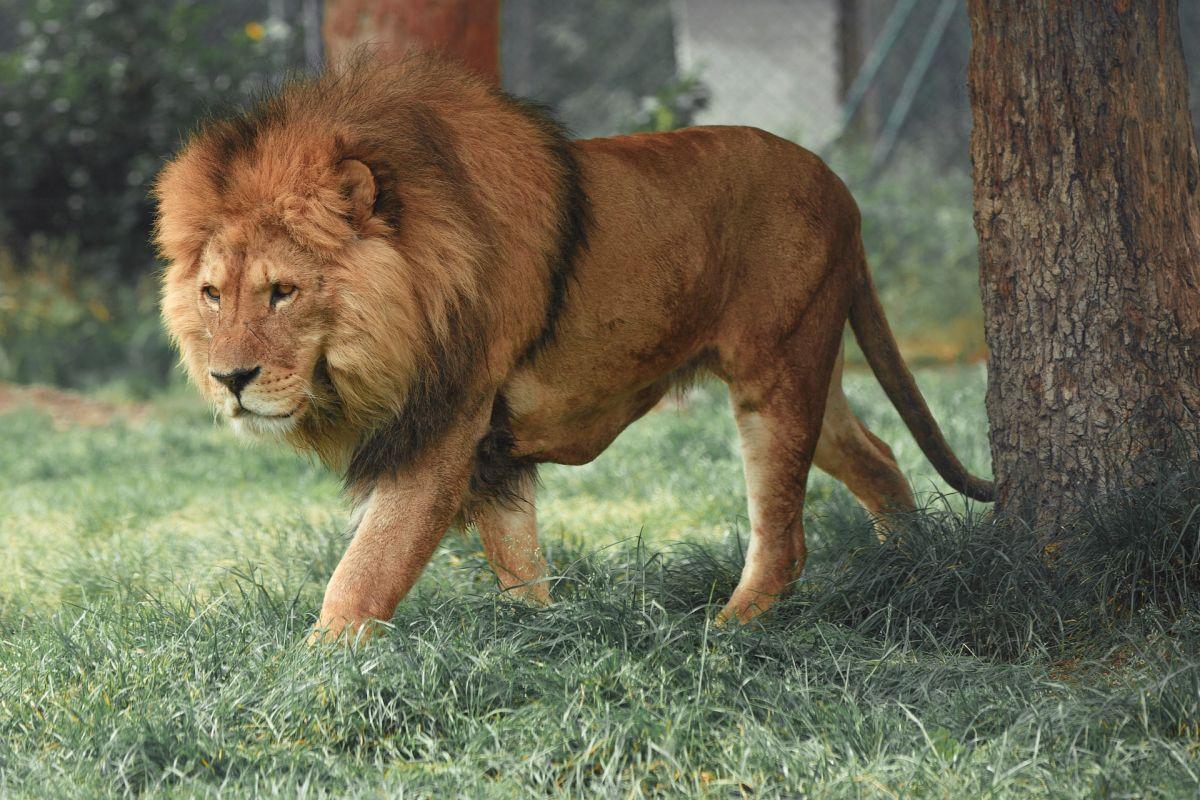
- Name: Lion
- Scientific name: Panthera leo
- Conservation status:
The lion is a large species of wild cat native to Africa and India. It is arguably the most notorious animal in the entire continent, and it is an apex and keystone predator, which is why it absolutely needs to be protected.
Because yes, like many other large African mammals, the lion is seriously threatened by poaching and habitat loss. Its population has declined by about 43 percent in only 30 years, and it is only getting worse over time.
10. African wild dog
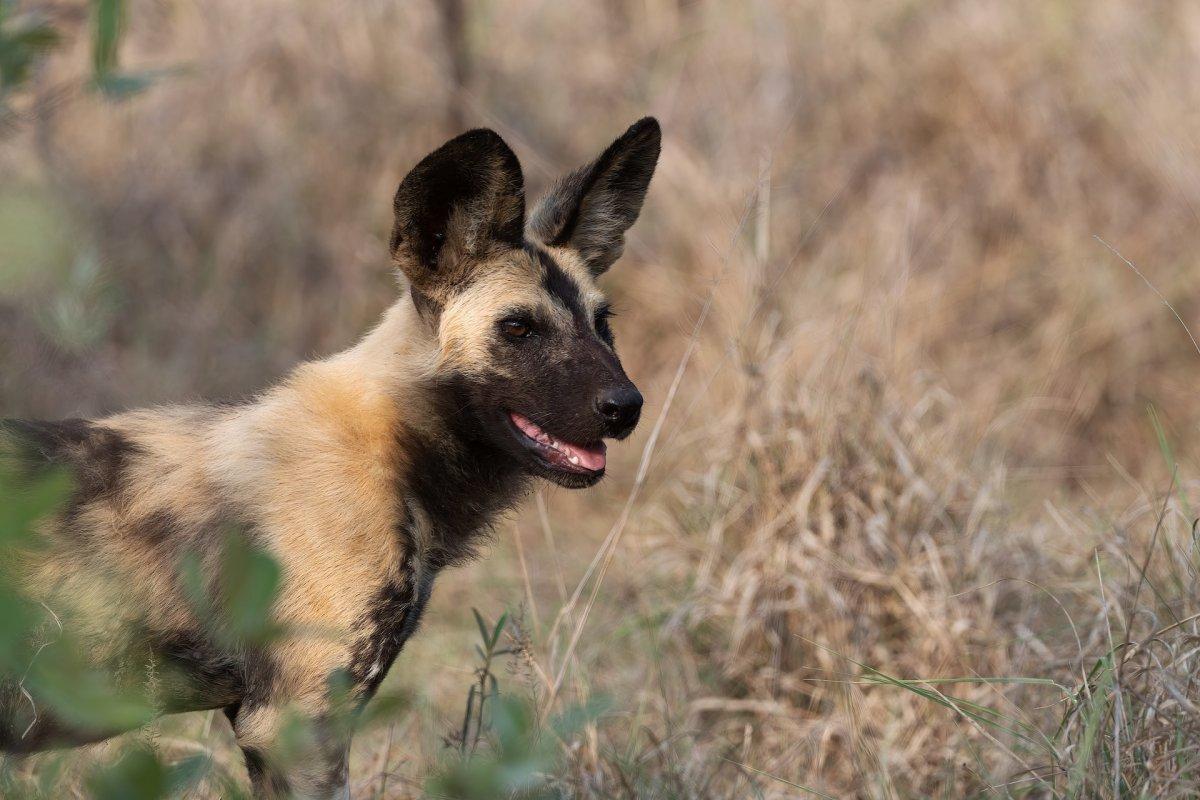
- Name: African wild dog
- Scientific name: Lycaon pictus
- Conservation status:
The African wild dog, also known as the African painted dog or the African hunting dog, is a species of wild canid native to sub-Saharan Africa. It is the largest wild canine in the continent, and there are about 1,400 mature individuals that live in 39 different, scattered populations, which is why this species is listed as endangered.
This wild dog is a specialized hunter of antelopes that chases them to exhaustion. It hunts by day and has to deal with lions that kill it and spotted hyenas that steal its food.
11. Oribi
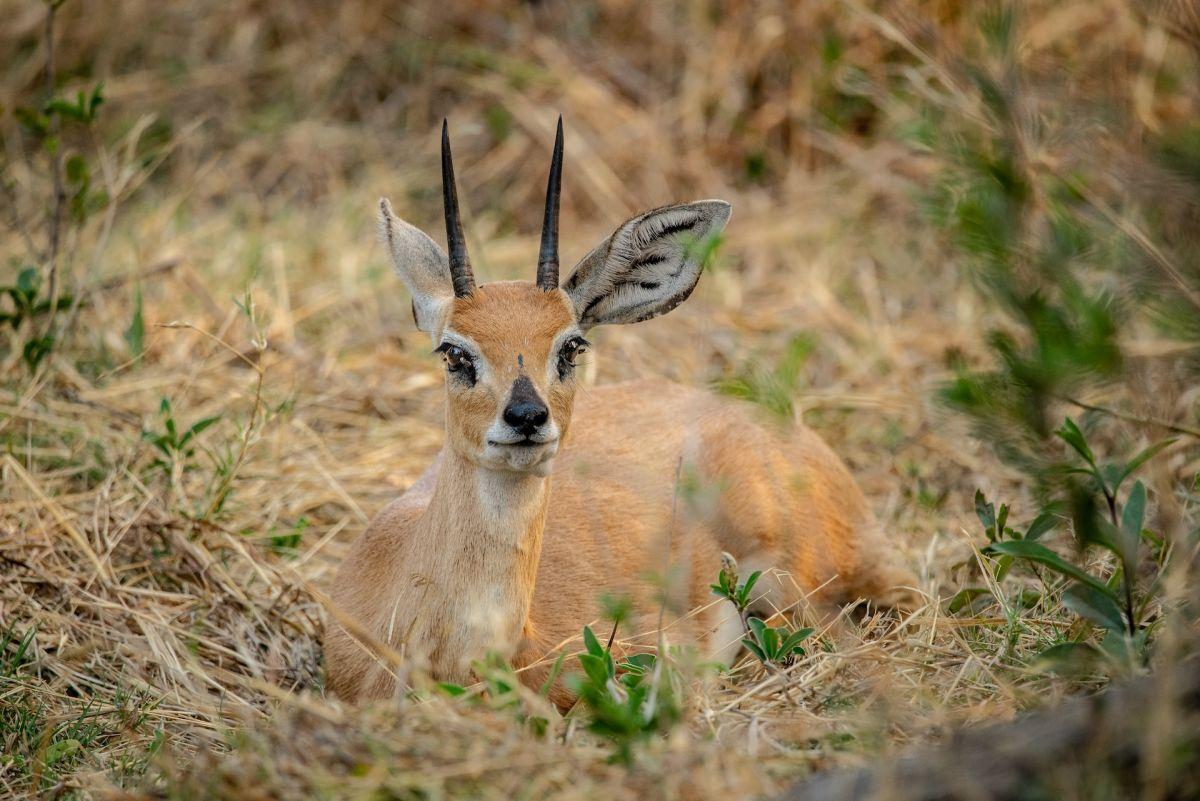
- Name: Oribi
- Scientific name: Ourebia ourebi
- Conservation status:
The oribi is a small species of antelope that inhabits eastern, western, and southern Africa, and is diurnal. It usually forms small herds of around 4 individuals and grazes most of the time.
This antelope can be found in a wide variety of areas, from floodplains, savannas, and tropical grasslands to montane grasslands. Although its distribution is pretty wide, the populations are very small and scattered.
12. Giant eland
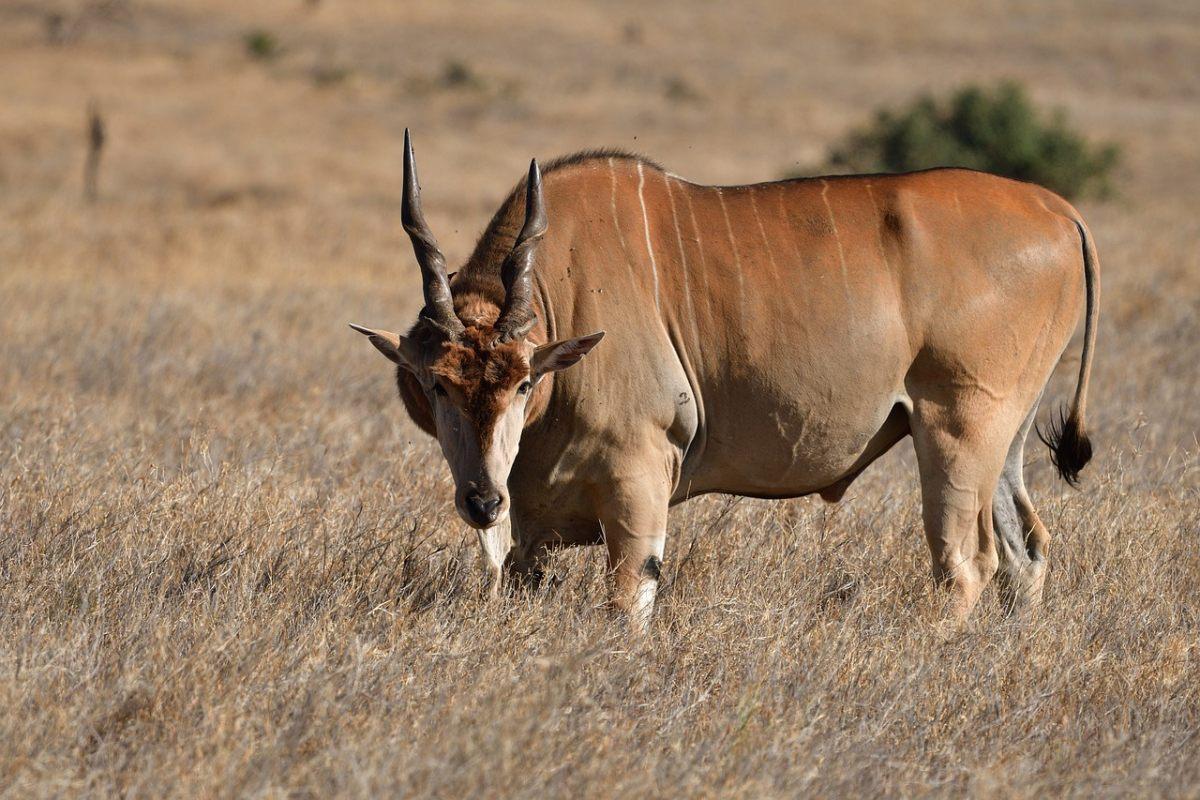
- Name: Giant eland
- Scientific name: Taurotragus derbianus
- Conservation status:
The giant eland, also known as the Lord Derby eland, is the largest species of antelope in the world and can reach a body length of up to 290 cm / 114 in.
This antelope is herbivorous and feeds on branches, grasses, and foliage. It gathers in small herds of 15 to 25 individuals, with both males and females, and is not territorial. It is very difficult to approach, as it is constantly alert and wary.
13. Egyptian vulture
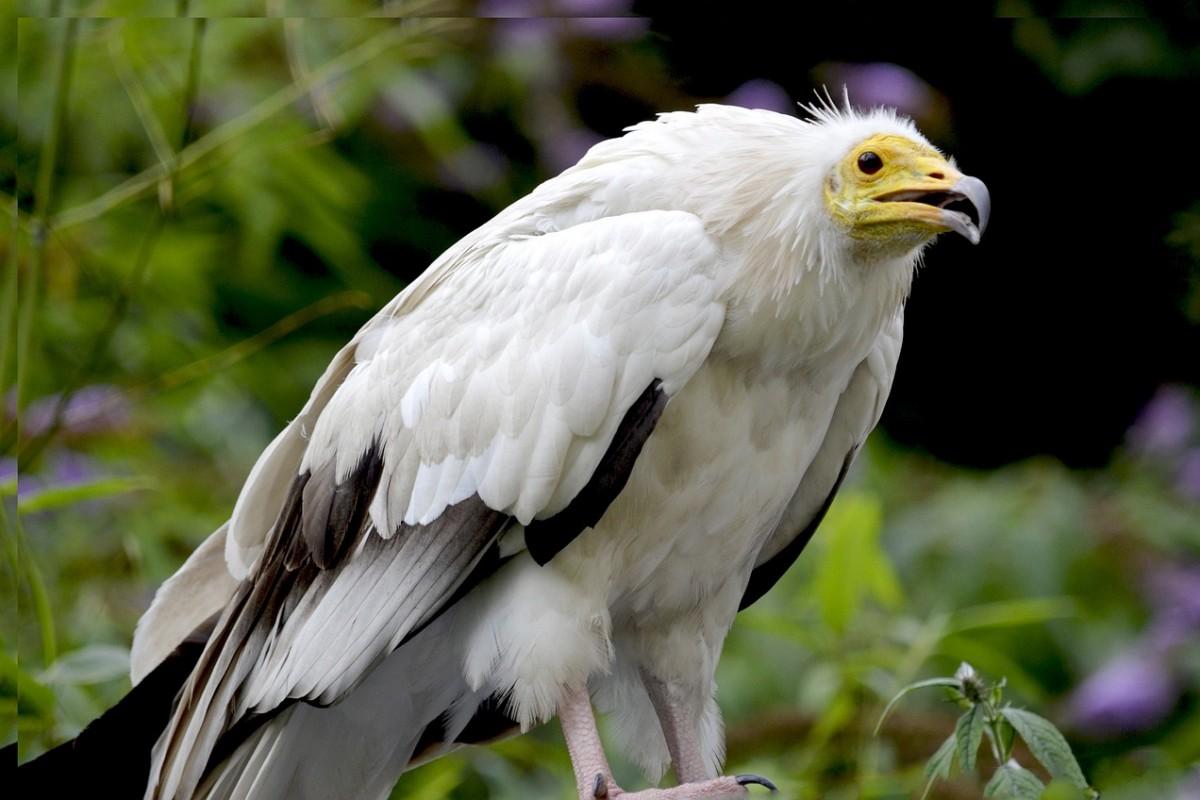
- Name: Egyptian vulture
- Scientific name: Neophron percnopterus
- Conservation status:
The Egyptian vulture, also known as the white scavenger vulture or the pharaoh’s chicken, is a small species of vulture that can be found in the Iberian Peninsula, India, North Africa, and sub-Saharan Africa.
It gets its name from the fact that it was pretty important in Ancient Egypt’s culture, and had its own hieroglyph. When British sportsmen traveled to colonial India, they thought this bird was one of the ugliest ones, and its habit of feeding on feces was despised!
14. African fish eagle
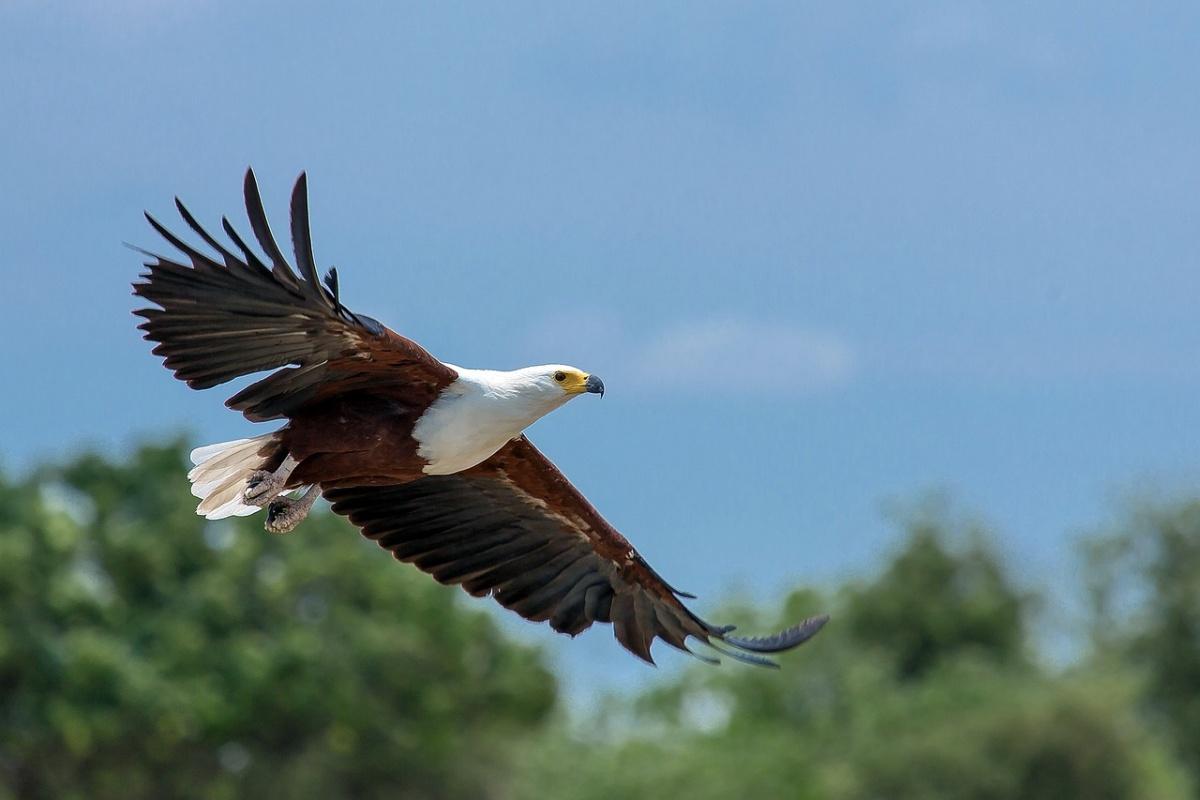
- Name: African fish eagle
- Scientific name: Haliaeetus vocifer
- Conservation status:
The African fish eagle, also known as the African sea eagle, is a large species of eagle native to sub-Saharan Africa. It lives near bodies of open water with abundant food supply, and the coastline of Ivory Coast is ideal.
It is a large, powerful eagle that mainly feeds on fish it snatches with its large talons. There are 300,000 individuals in the wild, and it is considered of least concern thanks to its very wide distribution of about 18,300,000 km² / 7,065,669 sq mi.
—
So there you have them, these were my 14 wild animals in Ivory Coast. I hope you enjoyed this list and that you learned something new today.
In case you want to learn more about the Ivory Coast wildlife, feel free to keep reading, as I still have lots of things to tell you about:
Endangered Animals of Ivory Coast
This is definitely the saddest part of the list, but it is very important to raise awareness. Because of this, let’s go through the list of endangered animals in Ivory Coast.
Here are the animals in danger of extinction in the Ivory Coast.
- None
- Roloway monkey
- Home’s hinge-back tortoise
- Oceanic whitetip shark
- White-backed vulture
- African forest elephant
- and 26 more…
- Diana monkey
- Jentink’s duiker
- Chimpanzee
- Whitespotted eagle ray
- King colobus
- and 57 more…
To see the full list of endangered species in Ivory Coast, head over to the International Union for Conservation of Nature’s Red List.
What is the National Animal of Ivory Coast?
The national animal of Ivory Coast is the elephant.
The subspecies that can be found in Ivory Coast is the African forest elephant. It is very important in terms of local culture, folklore and stories. The elephant is the largest animal that can be found in Ivory Coast, is present on the coat of arms of the country, and gives its name to the country as well!
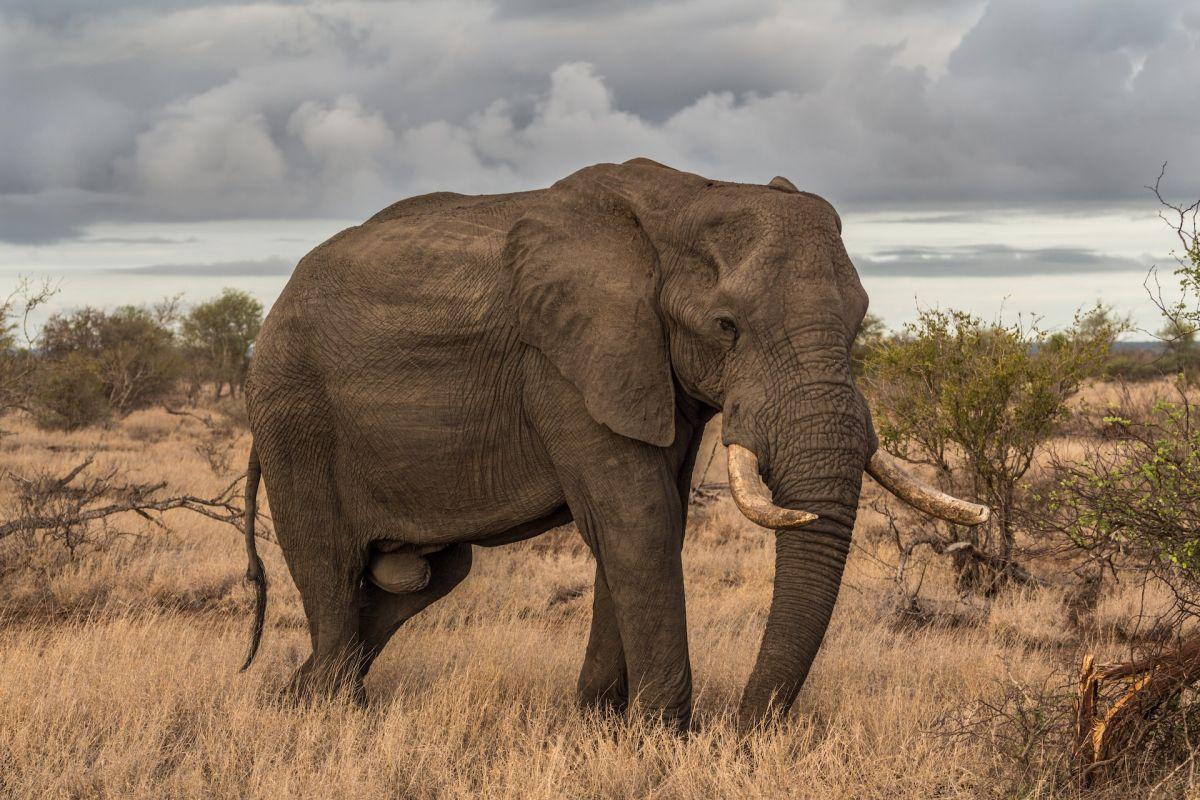
How Many Animals Native to Ivory Coast?
What is the diversity of native animals in Ivory Coast?
Let’s look at the total number of species of Chordata (mammals, birds, fishes, and reptiles).
Total number of animal species in Ivory Coast: 2,268 (14,219 in total in Sub-Saharan Africa)
Are there still elephants in Ivory Coast?
There are still elephants in Ivory Coast, but very few of them are left. While their population was already small in 1994, there were still about 1,600 individuals left, but there are now only 225 African forest elephants left in the country.
The reasons for this 86 percent decline are poaching and habitat loss.
More About Animals in the World!
Loved these Ivory Coast animal facts? Want to see what animals live in other countries?
Then check out these posts:
Or click here to see ALL the facts up on the blog! Spoiler alert: there’s A LOT of them.
Share the knowledge! Click on the buttons below to share information about these famous animals of the Ivory Coast with your friends, and help them learn more about the world 🙂
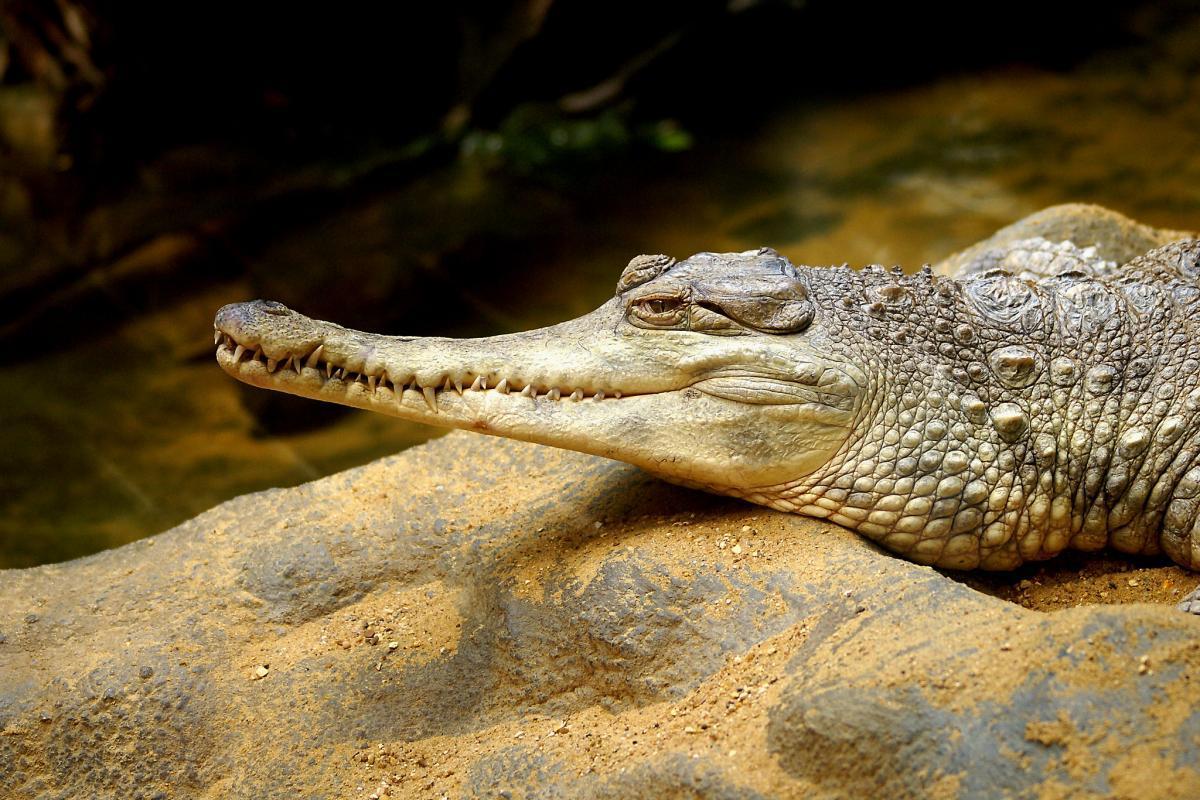

![13 Wild Animals in Eritrea [Wildlife in Eritrea]](https://www.kevmrc.com/wp-content/uploads/2022/12/13-wild-animals-in-eritrea.jpg)
![18 Wild Animals in Georgia [Wildlife in Georgia]](https://www.kevmrc.com/wp-content/uploads/2022/06/18-wild-animals-in-georgia.jpg)
![13 Wild Animals in Eswatini [Wildlife in Eswatini]](https://www.kevmrc.com/wp-content/uploads/2022/12/13-wild-animals-in-eswatini.jpg)